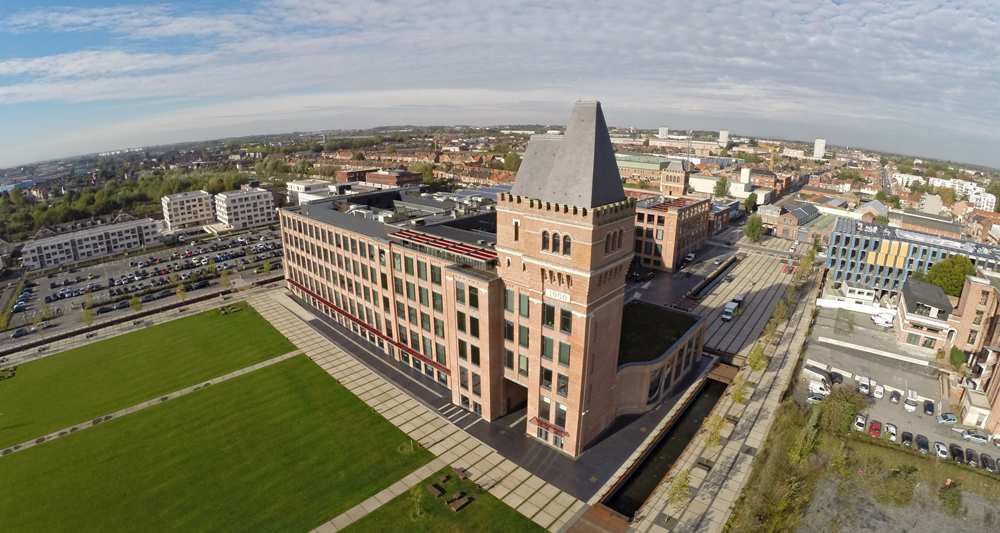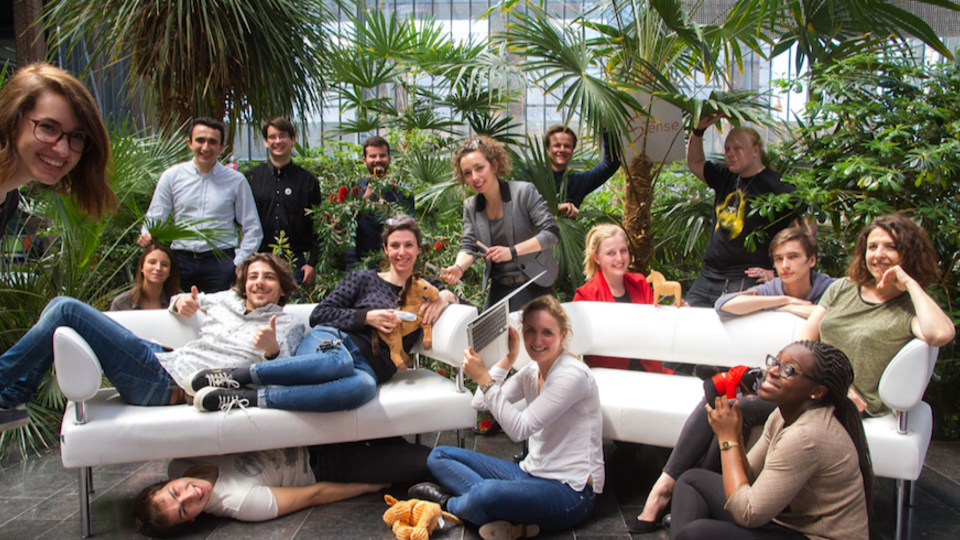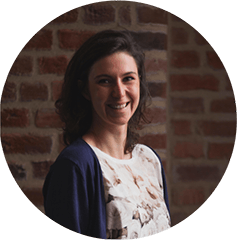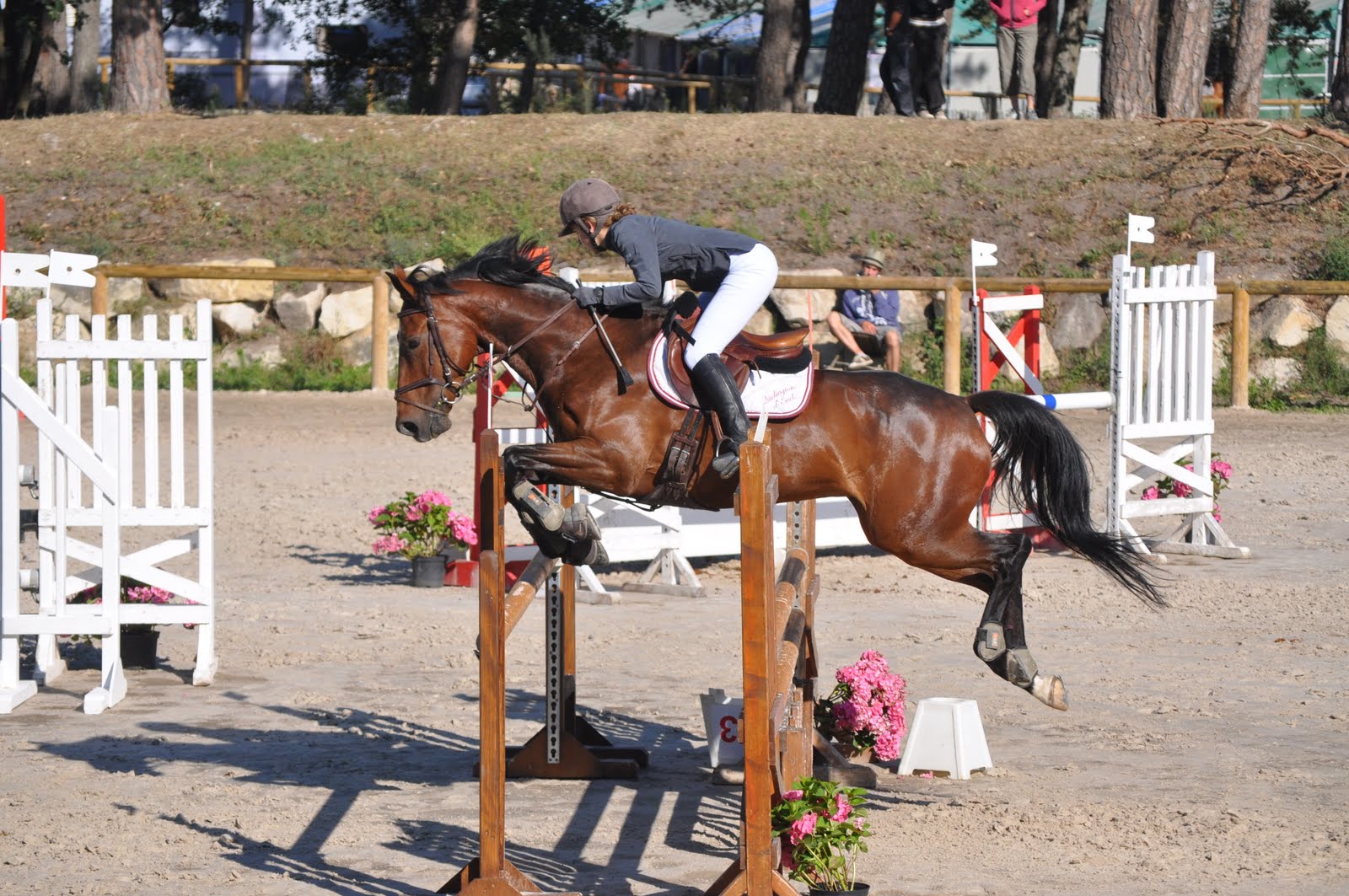In politics, a government’s first decisions and actions are often reviewed and assessed after the famous first 100 days. According to Wikipedia, the term was coined by F. Roosevelt himself. I wanted to throw the first thoughts on my comeback at Equisense, on culture and operations and the difference between the two stages.
Startups are in a continuous headlong rush
I’ll not wait the 100 days to write this post, because in a startup things move faster, so why wait another month? At the same time you have to remain focused for a lot longer than three months or the consequences to expect are worse than skeptical articles or plunging opinion polls. Nobody could judge actions or decisions drawn after a year in business based on one or even three months.
And this adrenalined marathon does not (or should not) stop with a first product release, or worse with a nice fund-raising round. This stops with the company running out of business or the market saying “I love you, let’s stay forever until death do us apart”.
An early insight before the long break
I had already worked with the team in June, July and August 2015 during their three-founders-and-laptops stage. The focus was on first studies of acceleration signals and feasibility of some features given technological and product choices. Those first graphs and explanations thrown on a small Tex reports were later improved and re-written by the team as it designed Motion. After these few months, I left the startup for Montréal, where I spent my last semester as a student, after which I carried out my Master project in Germany. When came the time to think about what came next, we were still in contact with Camille, Idriss and Benoit and the conversation shifted to how the project had evolved and the thousand cool things coming in the next months and could become a “real job” this time. After a couple more one-to-one, a few visits in Lille and a hackathon, I was officially back on the adventure.
Getting back and the baby is all grown up!
In the meantime, Equisense launched a successful Kickstarter, reinforcing the feeling that horse-riders value what the product can bring to their experience. The company moved from its first office in Compiègne Innovation Center to the impressive Euratechnologies center in Lille.
 [1]
[1]
More than this, the team also got bigger to face the challenges of this new stage. The goal is no longer to hack horses acceleration signals until something comes out of it, but to build a reliable and intuitive product from the scientific findings and technological pieces brought together.
Really getting on the market requires a deeper bond with horse-riders and as much feedback as possible. The new team embodies these changes: a diversity of mindsets, experiences and backgrounds to handle all upcoming challenges with the same care for clients. The hacker spirit isn’t gone in this new version of the company, but it isn’t the major pillar of the culture anymore. A culture is hard to put into words, but I’d say this second face of our Janus startup is a combination of a genuine care for horses wellness and of a passion for horse-riding.
 [2]
[2]
The fact is that while I was admiring their external successes from my Canadian home, (the Kickstarter campaign, new partnerships, features of the product getting out of the ground one by one…), the most impressive achievement was being joined by so many diverse profiles while building a working environment at the image of their horse-riders' mindset.
The founders already had this care and passion in their DNA, they just succeeded in transforming it into a full culture and transmitting it into an obsession within the team.



[2]
Where are we in the lifetime? From a clumsy foal to the great stallion
Other than the culture, the operations changed from the clumsy foal learning to
stay up on its hoofs to the stallion swiftly jumping and anticipating all
obstacles.
 [3]
[3]
The seed stage is about using all assets that are or can easily be at your disposal to run tests and confirm hypotheses. Unlike lots of web startups, uncertainty does not come only from the market, but also from the technological bricks: hardware is today where the web was about ten years ago.
Moving forwards meant iterating while building knowledge on both fields of uncertainty. This meant at the same time assessing if some measured signals could detect a jump during a training session, and if the customers actually had an interest in the feature. Working for nothing can be frustrating, but ignoring something horse-riders want would have been much worse!
 [5]
[5]
In the new phase, uncertainty radically changed. In the first stage, we saw how it was caused by a lack of knowledge on both the technology and the market. Of course the knowledge the team has on these topics is still not complete, but is enough to make intelligent decisions and move on. However, a new source of uncertainty has replaced the two previous:
Organization and processes are obvious when 4 people are working together on several issues. They become fuzzy and chaotic when several teams are working at high speed without being able to check on each other all day long.
The key issue is the company’s speed to deliver without letting any randomness in the result. Equisense’s customers are horse-riders willing to improve their experience, care and efficiency, not hackers accepting a buggy beta with promising features as long as the product has an API in their favorite language!
Equisense changed a lot during my absence to evolve into one of the new major phenomena in its industry. If I had to describe how it operates now, I guess I’d highlight the focus, the acceleration and the deterministic, well-defined outcome of a still random and flexible organization. (hope my data science buddies will tolerate the paradox of the last one).
The coming months promise to be thrilling with the shipping of the first Motion sensors, the R&D on improved features, new products and whatever else comes out of the blue. Even though I’m still getting used to working with horses (photos to come), I’m without a doubt excited to have rejoined these crazy riders, so stay tuned!
Image sources: [1] Les Echos: Nord - Pas-de-Calais : A Lille naît la « Silicon Valley » du numérique [2] Equisense website [3] http://www.eco121.fr/equisense-ouvre-la-voie-du-cheval-connecte/ [4] [5] Wikimedia